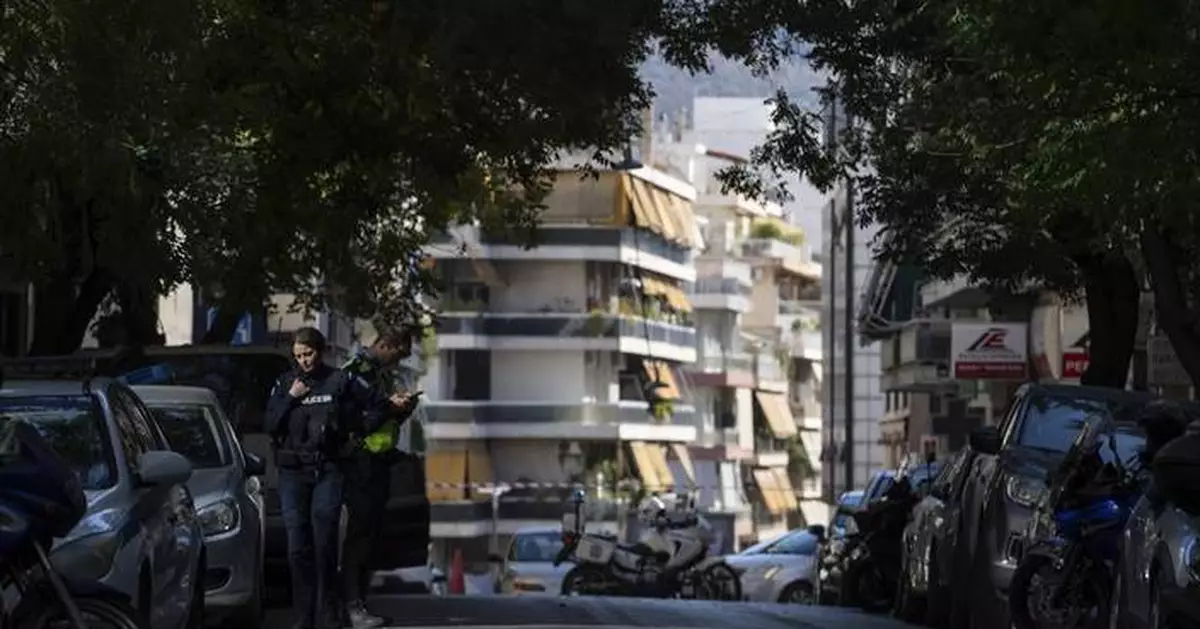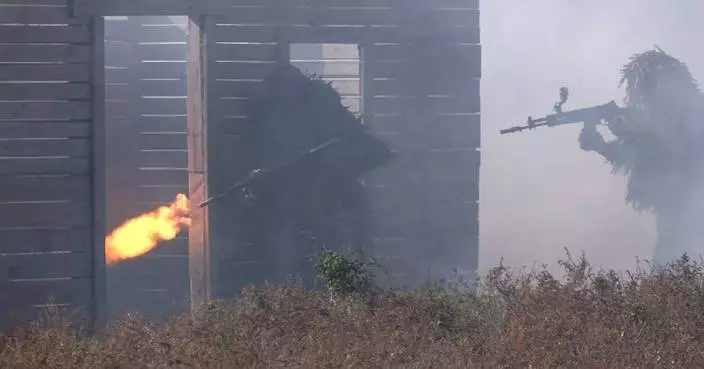ATHENS, Greece (AP) — Greek police arrested a third suspect Monday in connection with an explosion in central Athens last week that authorities have blamed on an alleged aspiring domestic extremist group.
The 30-year-old woman surrendered to Greek authorities Monday at Athens International Airport after being located in Switzerland, authorities said.
The Oct. 31 blast gutted a third-floor apartment in the central Ambelokipi neighborhood, killing a 36-year-old man believed to have been assembling an explosive device. A 33-year-old woman was severely injured and remains hospitalized under police guard. A 31-year-old male suspect surrendered to authorities.
“It was a monstrous bomb with concentrated explosive material,” Minister of Citizen Protection Michalis Chrisochoidis told private Skai television. “It would have caused great destruction, because it was very powerful.” The apartment block has been declared uninhabitable due to blast damage.
Chrisochoidis said those allegedly involved were young people who appeared to aspire to become a new generation of domestic terrorists in Greece.
Anti-terrorism units searching the blast site, three additional locations and a vehicle seized two handguns with magazines, digital devices, disguise materials including wigs and rubber masks, and handwritten diagrams.
Greece has a history of far-left extremism dating to the 1970s, with militants carrying out multiple bombings and assassinations, though major groups have been dismantled.
Recent years have seen reduced activity, with the last significant incident occurring in December 2023 when police defused a bomb at riot police headquarters following an anonymous warning.
“I think we are dealing with an attempt of some young people who are aiming to become a third generation of terrorism in Greece,” Chrisochoidis said.
The intended target and timing of the planned attack remain under investigation. All three suspects – as well as the man killed in the blast – are Greek nationals.
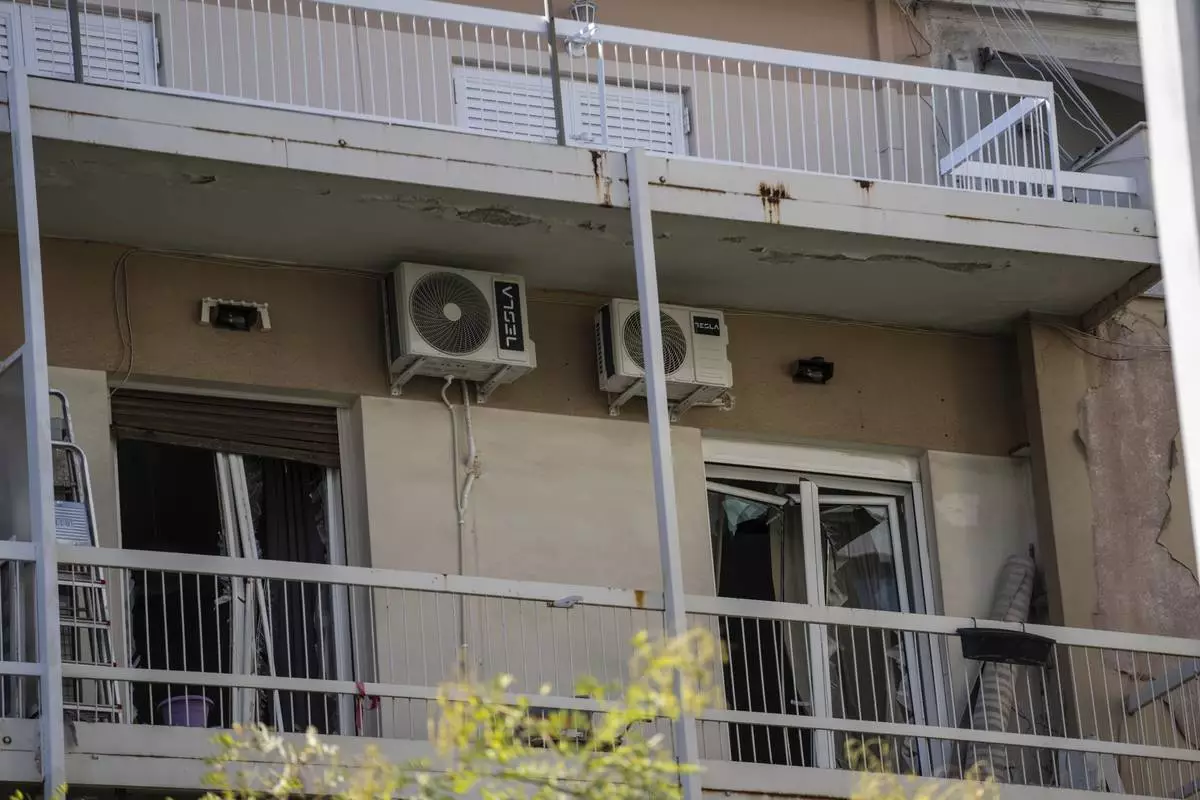
Broken windows are seen on a damaged apartment following an explosion, which police believe was caused by an improvised device, that killed a man and a woman was seriously wounded, in Athens, on Friday, Nov. 1, 2024 (AP Photo/Petros Giannakouris)
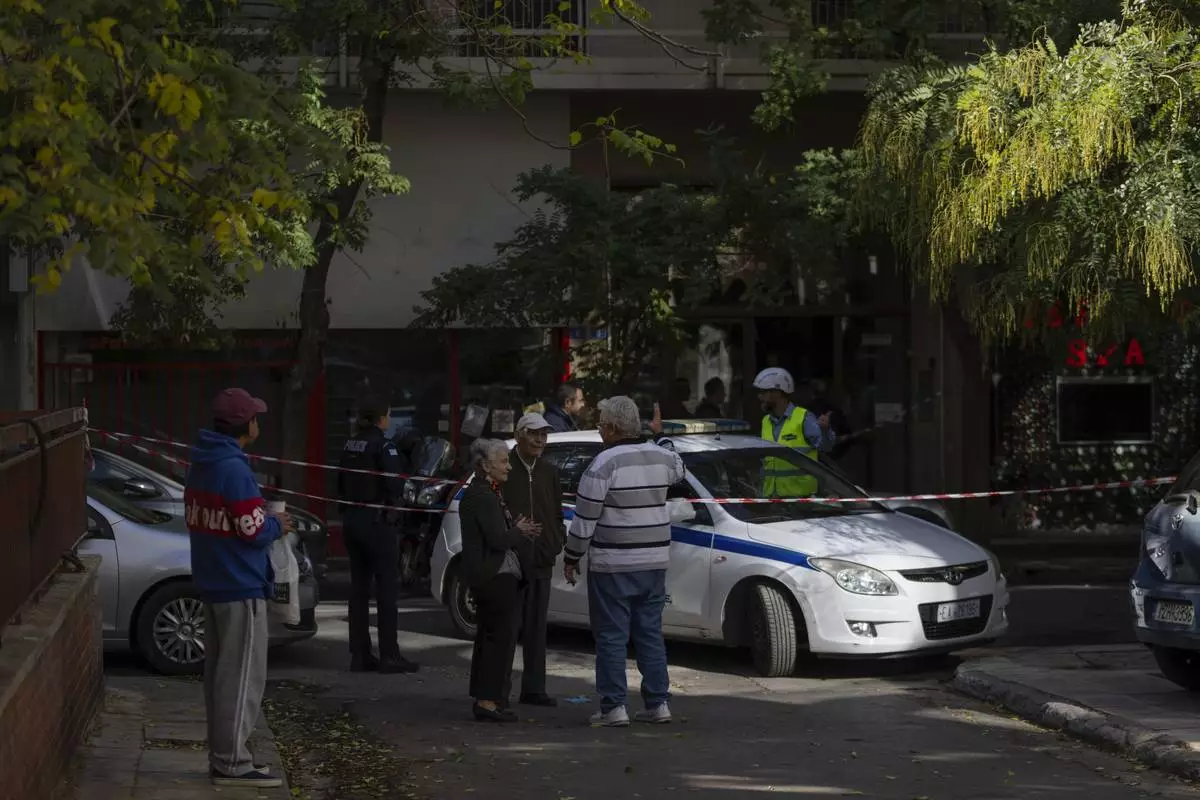
Residents chat as Greek forensics officers investigate at the entrance of a building following an explosion, which police believe was caused by an improvised device, that killed a man and a woman was seriously wounded, in Athens, on Friday, Nov. 1, 2024 (AP Photo/Petros Giannakouris)
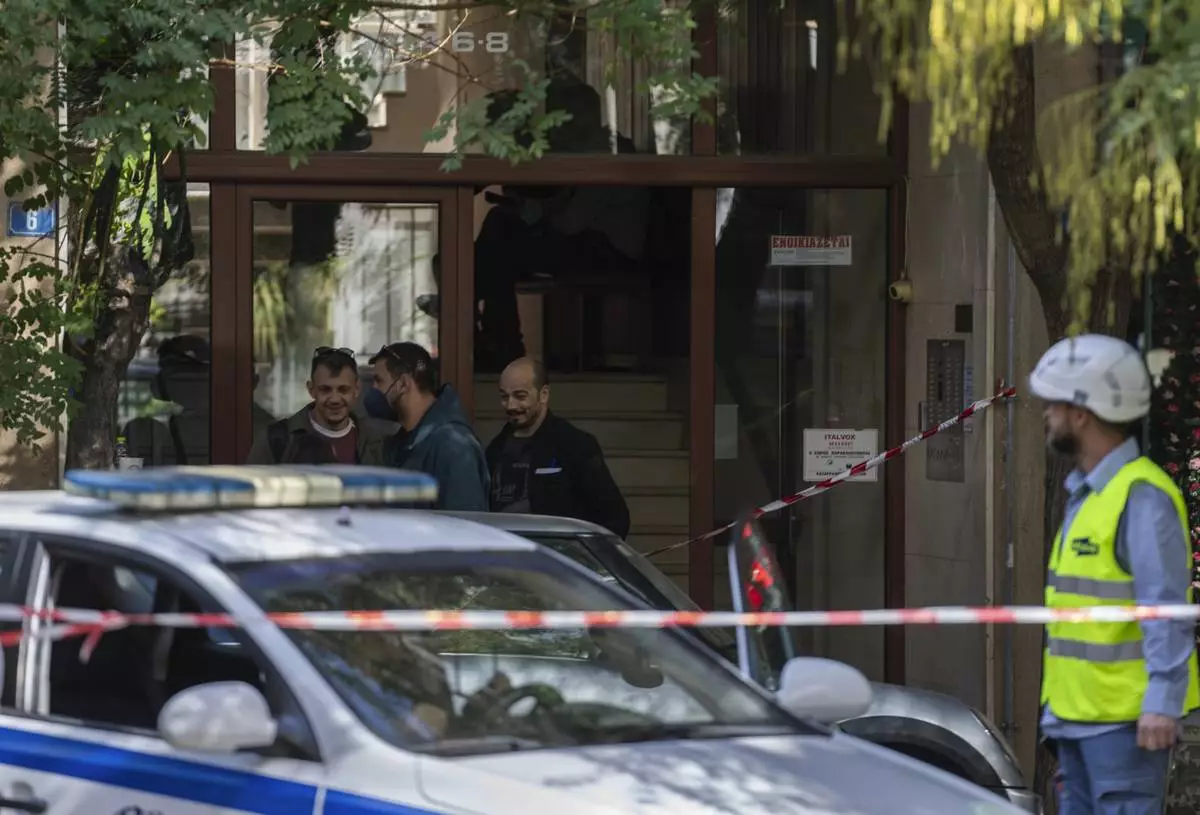
Greek forensics officers investigate at the entrance of a building following an explosion, which police believe was caused by an improvised device, that killed a man and a woman was seriously wounded, in Athens, on Friday, Nov. 1, 2024 (AP Photo/Petros Giannakouris)
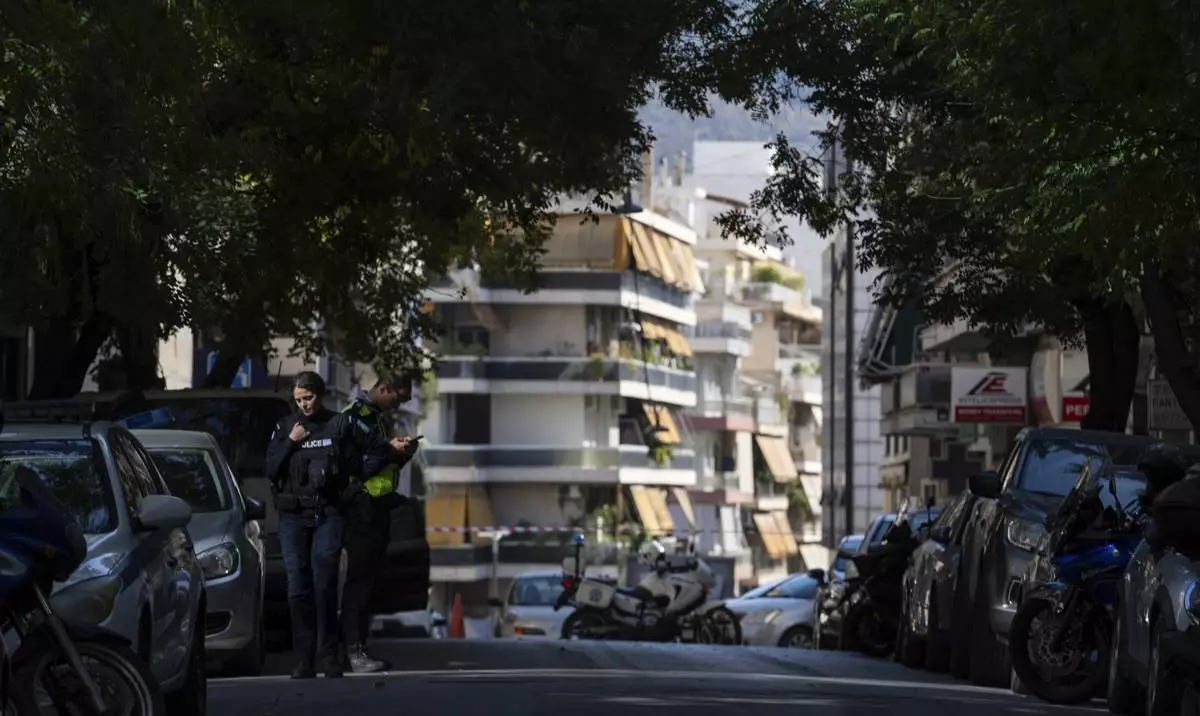
Police officers guard near the entrance of a building following an explosion, which police believe was caused by an improvised device, that killed a man and a woman was seriously wounded, in Athens, on Friday, Nov. 1, 2024 (AP Photo/Petros Giannakouris)
TOKYO (AP) — A remote-controlled robot has safely returned with a tiny piece of melted fuel it collected from inside one of three damaged reactors at the tsunami-hit Fukushima Daiichi nuclear power plant for the first time since the 2011 meltdown.
The Tokyo Electric Power Company Holdings, which manages the plant, said Saturday that the extendable fishing rod-like robot successfully clipped a piece of gravel of about 5 millimeters (0.2 inches), the size of a tiny bit of granola, from the top surface of a mound of molten fuel debris that sits on the bottom of the No. 2 reactor’s primary containment vessel.
The “telesco” robot, with its frontal tongs still holding the melted fuel bit, returned to the enclosed container for safe storage after workers in full hazmat gear pulled it out of the containment vessel earlier Saturday.
The sample return marks the first time the melted fuel is retrieved out of the containment vessel. But the mission is not over until it's certain that the sample's radioactivity is below a set standard and safely placed into a container.
If the radioactivity exceeds the limit, the robot must go back inside the reactor to find another piece. TEPCO officials said they expect the piece is small enough to meet the requirement.
The mission initially started in August for what was supposed to be a two-week round trip but had been suspended twice due to mishaps.
First one was the procedural mistake at the beginning that held up the work for nearly three weeks, then the robot’s two cameras designed to transmit views of the target areas for its operators in the remote control room failed. The camera problem required the robot to be pulled out all the way for replacement before the mission resumed Monday.
Fukushima Daiichi lost its key cooling systems during the 2011 earthquake and tsunami, causing meltdowns in its three reactors. An estimated 880 tons of fatally radioactive molten fuel remains in them, and TEPCO has carried out a number of robotic probes to figure out how to decommission the plant.
Telesco on Wednesday successfully clipped a piece presumably measuring less than 3 grams (0.1 ounce) from the planned area right underneath the Unit 2 reactor core, from which large amounts of melted fuel fell during the meltdown 13 years ago, TEPCO said.
Plant chief Akira Ono said only the tiny spec can provide key data to plan decommissioning strategy, develop necessary technology and robots and retroactively learn how the accident had developed.
The government and TEPCO have set a 30-to-40-year target for the cleanup, which experts say is overly optimistic and should be updated.
No specific plans for the full removal of the fuel debris or its final disposal have been decided.
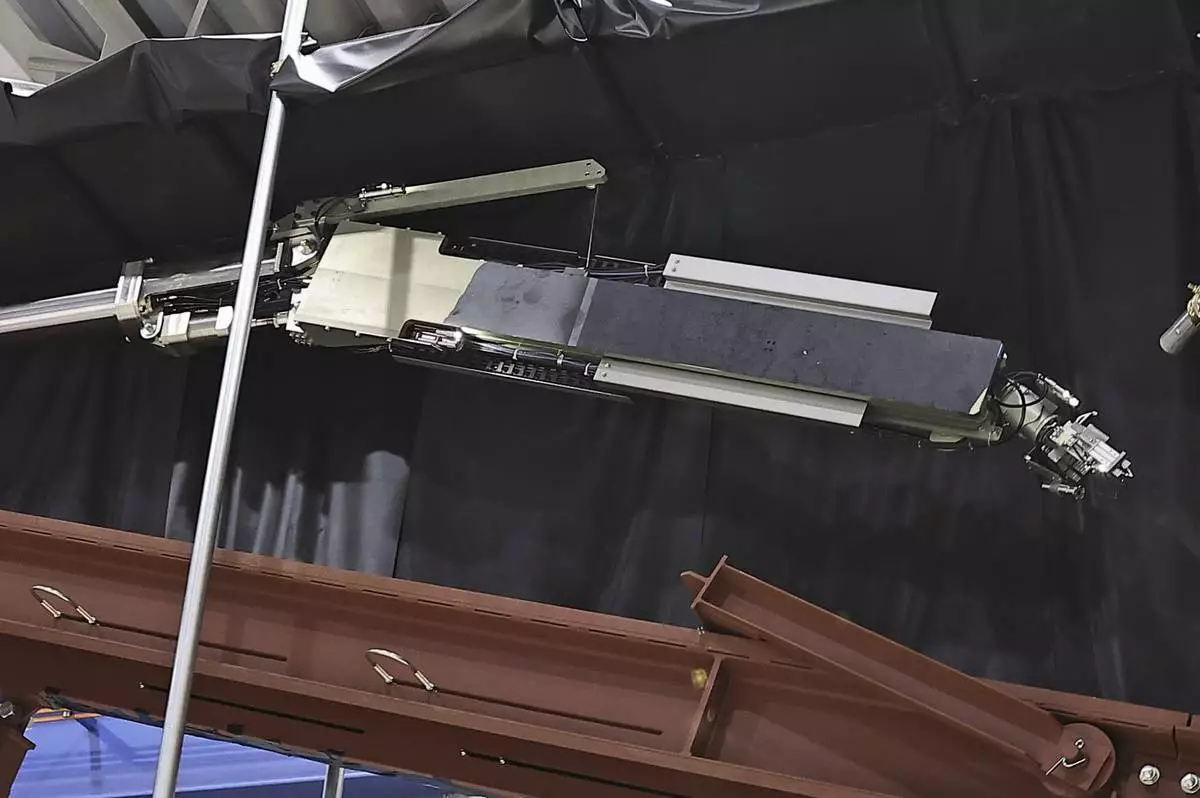
FILE - Tokyo Electric Power Company Holdings, also known as TEPCO, the operator of Japan's wrecked Fukushima Daiichi nuclear power plant, reveals a robot to be used to retrieve debris at the power plant in Kobe, western Japan, May 28, 2024. (Kyodo News via AP, File)
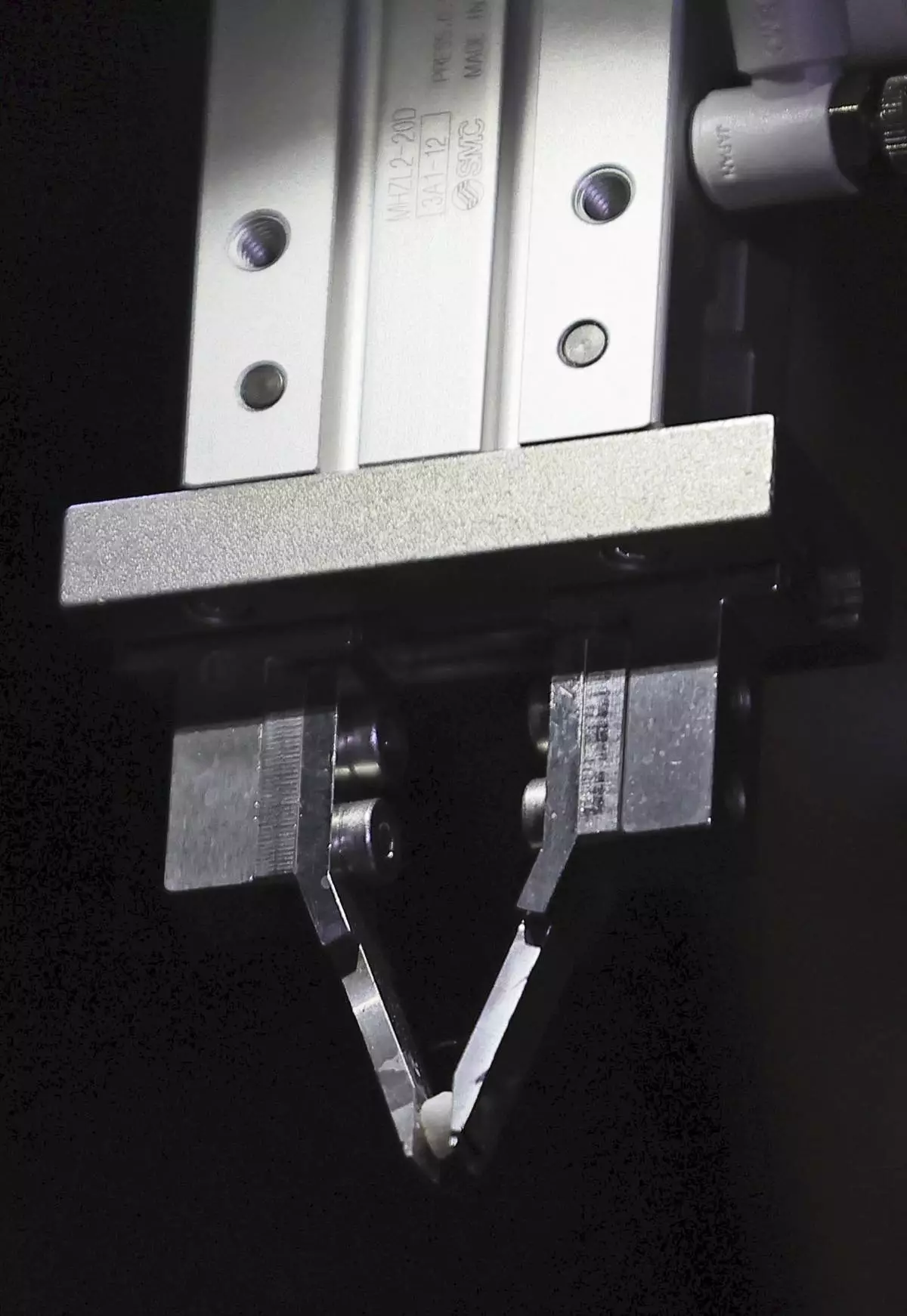
A device to remove debris from a reactor at the damaged Fukushima Nuclear power plant demonstrates to pinch a stone, as revealed in Kobe, western Japan, May 28, 2024. (Kyodo News via AP, File)






